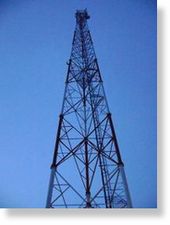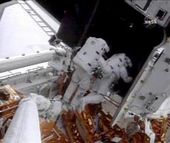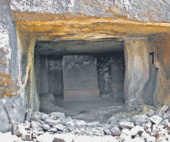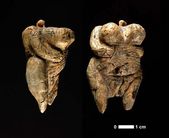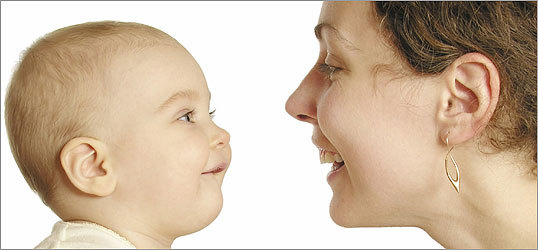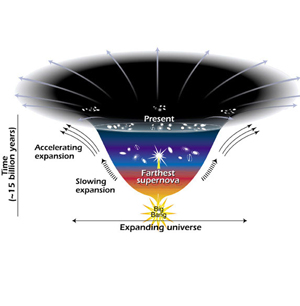
Now a new kind of agent is starting to roam the web that can understand the emotional content of what we write - and they could soon arrive on your desktop too.
These "sentiment analysis" tools are a branch of a wider area of computer science that is trying to teach computers to understand the feelings expressed in text just as well as humans do, and the commercial applications of such technology are already starting to be realised.
The early adopters of these tools are the owners of big brand names in a world where company reputations are affected by customer blogs as much as advertising campaigns. A small but growing group of firms is developing tools that can trawl blogs and online comments, gauging the emotional responses brought about by the company or its products.
